Smart plugs are a crucial component in modern smart homes. They transform ordinary devices into smart ones by providing internet connectivity. This opens up a world of possibilities, including home automation, scheduling, energy monitoring, and remote control from anywhere, regardless of your location.
While it may appear straightforward given the array of choices on the market, choosing the right smart plug can be a daunting task. Here are some key factors to bear in mind when picking the ideal smart plug for your needs:
Ampere & Voltage
Selecting the right smart plug with the appropriate amps, voltage, and plug type involves considering your specific needs and the electrical standards in your region. Here’s a breakdown of each parameter:
Amp Rating: Ensure that the Amp rating of the smart plug is equal to or higher than the maximum current draw of the appliances you plan to connect. Low-power appliances such as lamps or phone chargers typically work well with 6A or 10A smart plugs, while high wattage appliances like air conditioners or heaters require 15-16 amps.
It’s advisable to leave some margin for safety, so if your devices draw a total of 6 amps, consider a smart plug rated for 10 amps. In addition to safety, choosing a higher Amp rating provides flexibility, allowing you to use it with lower Amp devices as well.
Voltage Rating: Choose a smart plug with a voltage rating that matches your region’s standard voltage. For example, if you’re in North America, select a 120-volt smart plug; for Europe, choose a 230-volt smart plug.
Another point to keep in mind is that different countries have different plug types. Therefore, select a smart plug which is compatible with your country’s plug and socket standard.
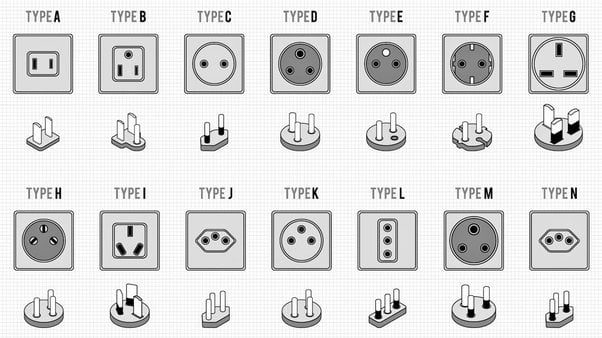
If you’re uncertain about the electrical standards in your region, here is a country-by-country list of plugs, sockets and voltage standards.
Connectivity
Smart plugs require wireless connectivity, such as Wi-Fi, Bluetooth, Thread, Zigbee, and Z-Wave, to be controlled via a smartphone or tablet. Each option has its own advantages and disadvantages.
For example, non-Wi-Fi options like Zigbee offer better security but may require a hub to function. If you don’t already own a hub or have specific requirements, choosing smart plugs with Wi-Fi is often more convenient.
Companion App
The companion app or platform plays a crucial role in enhancing your smart plug experience. It significantly impacts how easy it is to use, the available functionalities, compatibility with other devices, security, and your overall long-term satisfaction.
When assessing the companion app or platform, consider these crucial aspects:
User-Friendly Interface: The app should have an intuitive and user-friendly interface, making it easy for both beginners and tech-savvy users to navigate and use.
Easy Device Setup: Adding smart devices (e.g. smart plug) to the companion app should be a breeze. The setup process within the app should be straightforward, without requiring a steep learning curve.
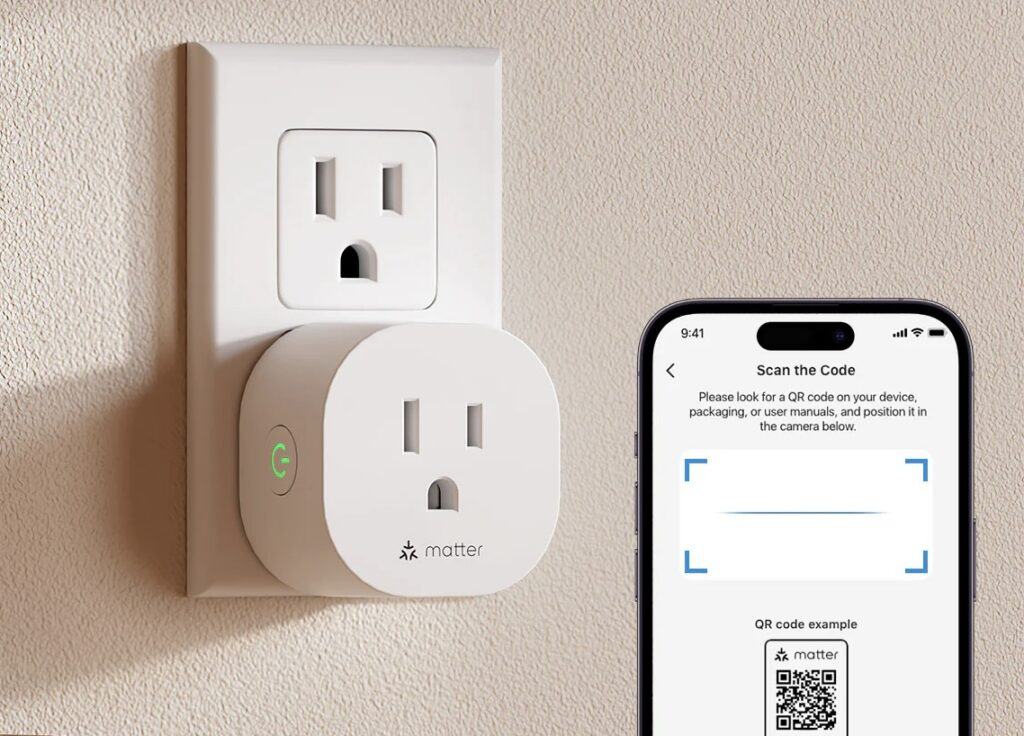
Custom Automation: Make sure your smart plug app has basic features like on/off control and real-time energy monitoring. It should also support features like scheduling and powerful automations/routines.
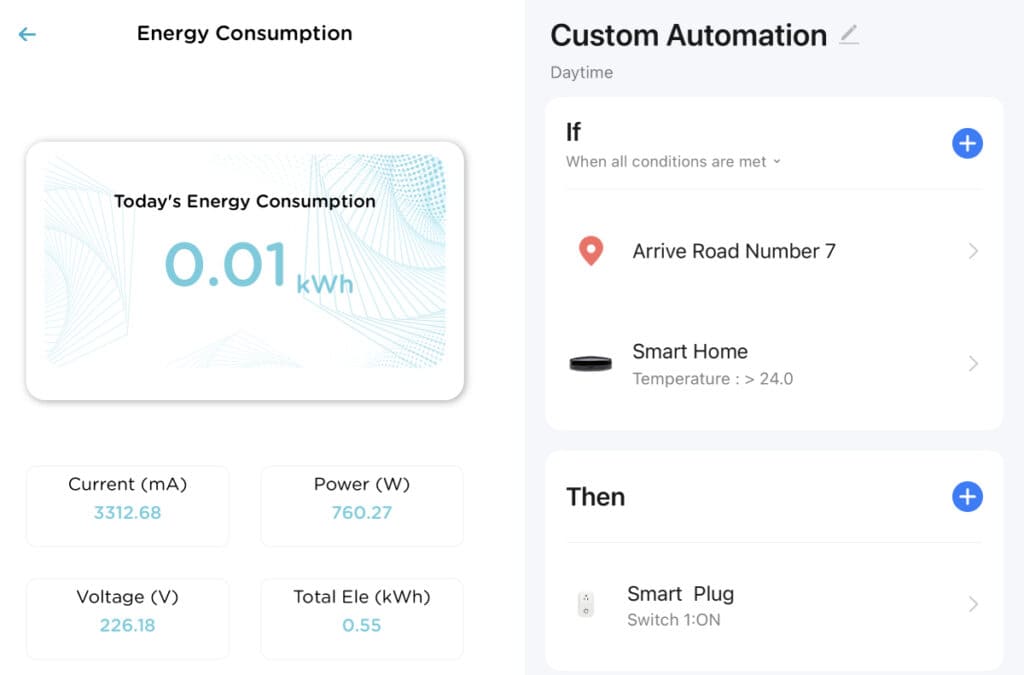
You should be able to create timers and custom routines to automate the on/off of devices connected to your smart plug. This is not only useful for energy savings but also enhances overall convenience.
Check if it Works Offline: Your smart plug should work even when your internet is down. Therefore, it is crucial that the accompanying app or platform can operate locally, independent of the internet, to provide essential core features and deliver an uncompromised smart home experience.
App Responsiveness: When you interact with the app, you expect instant action. Whether you’re turning on the smart plug or executing any other command, there should be no noticeable delay.
Ecosystem & Services: Choose a smart plug that seamlessly integrates with popular smart home ecosystems such as Google Home, Alexa, Apple HomeKit, SmartThings, Home Assistant, etc.
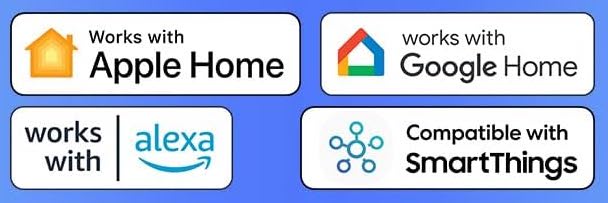
Optionally, check if the app supports integration with services like IFTTT. This enables you to create custom automation between various devices and services, enhancing versatility.
Device Sharing: Ensure that the companion app supports device sharing with multiple users. By doing so, you can seamlessly share a smart plug among family members whenever the need arises, allowing each user to have independent control and management capabilities.
Frequent Software Updates: Regular software updates are essential for ensuring your companion app remains a reliable and secure partner for your smart devices. They fix bugs, improve compatibility, and introduce new features, ensuring a smooth and secure user experience while keeping your smart home ecosystem up to date.
Away Mode: This feature automatically controls devices like lamps to mimic a home presence, discouraging burglars when you’re away for an extended period. Check for the availability of this feature if needed.
Build Quality
A smart plug’s build quality is crucial for durability and performance. It should use high-quality materials such as flame-retardant polycarbonate (PC), ceramic, etc. and reliable internal components. This ensures it can handle daily use, resist wear, and reduce the risk of overheating or electrical problems.
Form Factor
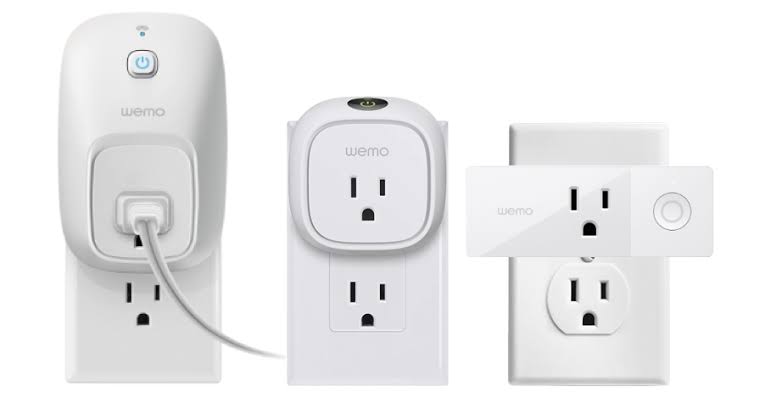
Consider the physical size and shape of the smart plug. It should fit comfortably into your power outlet without blocking adjacent sockets.
Overcurrent & Surge Protection
Smart plugs with built-in overload and surge protection ensure safe operation for your devices and home electrical system. These safeguards prevent damage, fires, and malfunctions caused by overloads, overcurrents, or voltage surges.
Note:Regulatory agencies often require these safety features in electrical devices to meet safety standards and certifications, ensuring that they are safe for consumer use.
Certification
Look for smart plugs that meet safety standards and carry certifications like FCC (Federal Communications Commission), UL (Underwriters Laboratories), CE (conformité européenne), etc. These certifications indicate that the product has undergone safety testing.
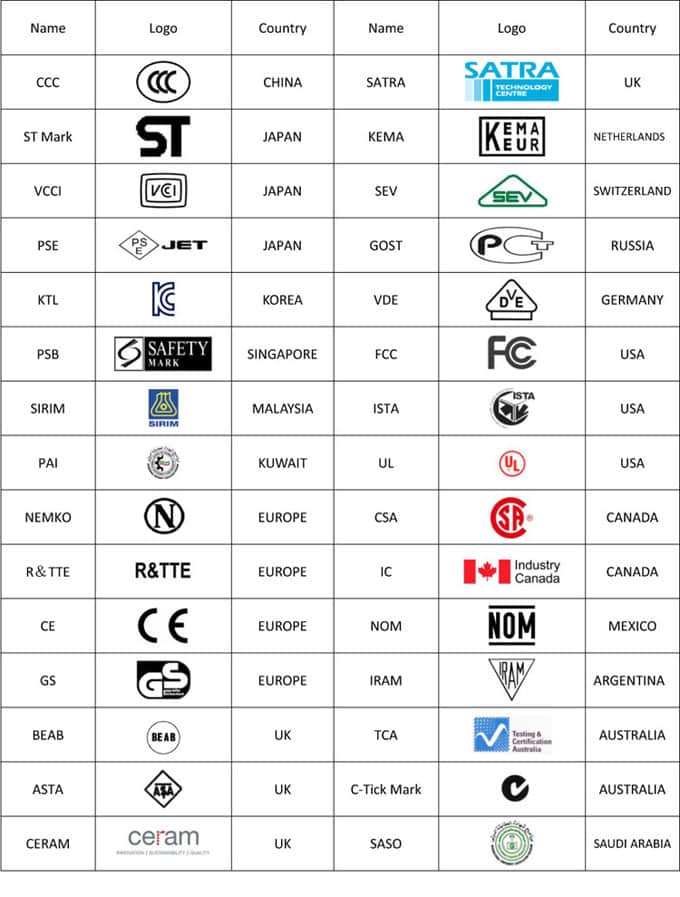
Tip:
Another worthy consideration is looking for Matter Certification. Matter is a new open-source connectivity standard for smart home devices, designed to ensure seamless communication, enhance security, and improve compatibility across various brands and technologies.
While understanding the crucial factors to consider when selecting a smart plug is essential, practical evaluation can often be challenging without hands-on experience with the device and its companion app.
To get around this problem, it’s advisable to gravitate towards trusted and established brands, as they tend to offer more reliable specifications and product quality.
Additionally, checking reviews from actual users is a valuable strategy, as they can provide insights from individuals who have firsthand experience with the smart plug. This can help you make an informed and satisfactory purchase decision.